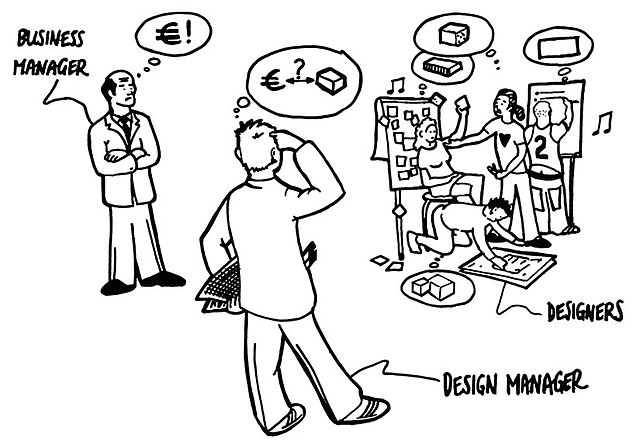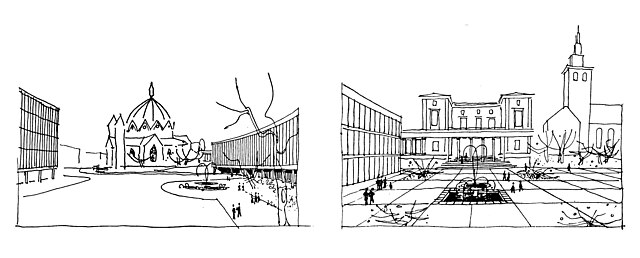Design management is a field of inquiry that uses design, strategy, project management and supply chain techniques to control a creative process, support a culture of creativity, and build a structure and organization for design. The objective of design management is to develop and maintain an efficient business environment in which an organization can achieve its strategic and mission goals through design. Design management is a comprehensive activity at all levels of business, from the discovery phase to the execution phase. "Simply put, design management is the business side of design. Design management encompasses the ongoing processes, business decisions, and strategies that enable innovation and create effectively-designed products, services, communications, environments, and brands that enhance our quality of life and provide organizational success." The discipline of design management overlaps with marketing management, operations management, and strategic management.

Design management is the business side of design. Design managers need to speak the language of the business and the language of design.
Peter Behrens, around 1913 in his office in Berlin, was one of the first contributors to design management.
The British Design Council was founded in 1944 to promote design in the British industry.
The 15th European International Design Management Conference organized by the Design Management Institute
A design is the concept of or proposal for an object, process, or system. Design refers to something that is or has been intentionally created by a thinking agent, though it is sometimes used to refer to the nature of something – its design. The verb to design expresses the process of developing a design. In some cases, the direct construction of an object without an explicit prior plan may also be considered to be a design. A design is expected to have a purpose within a certain context, usually having to satisfy certain goals and constraints, and to take into account aesthetic, functional, economic, environmental or socio-political considerations. Typical examples of designs include architectural and engineering drawings, circuit diagrams, sewing patterns, and less tangible artefacts such as business process models.
Braun ABW30 wall clock designed by Dieter Rams and Dietrich Lubs [de] (early 1980s)
Victorinox Swiss Army knife
Cutlery designed by architect and designer Zaha Hadid (2007). The slightly oblique end part of the fork and the spoons, as well as the knife handle, are examples of designing for both aesthetic form and practical function.
Early concept design sketches by the architect Erling Viksjø, exploring the relationships between existing and proposed new buildings





![Braun ABW30 wall clock designed by Dieter Rams and Dietrich Lubs [de] (early 1980s)](https://upload.wikimedia.org/wikipedia/commons/thumb/b/b7/Braun_ABW30_%28schwarz%29.jpg/640px-Braun_ABW30_%28schwarz%29.jpg)


